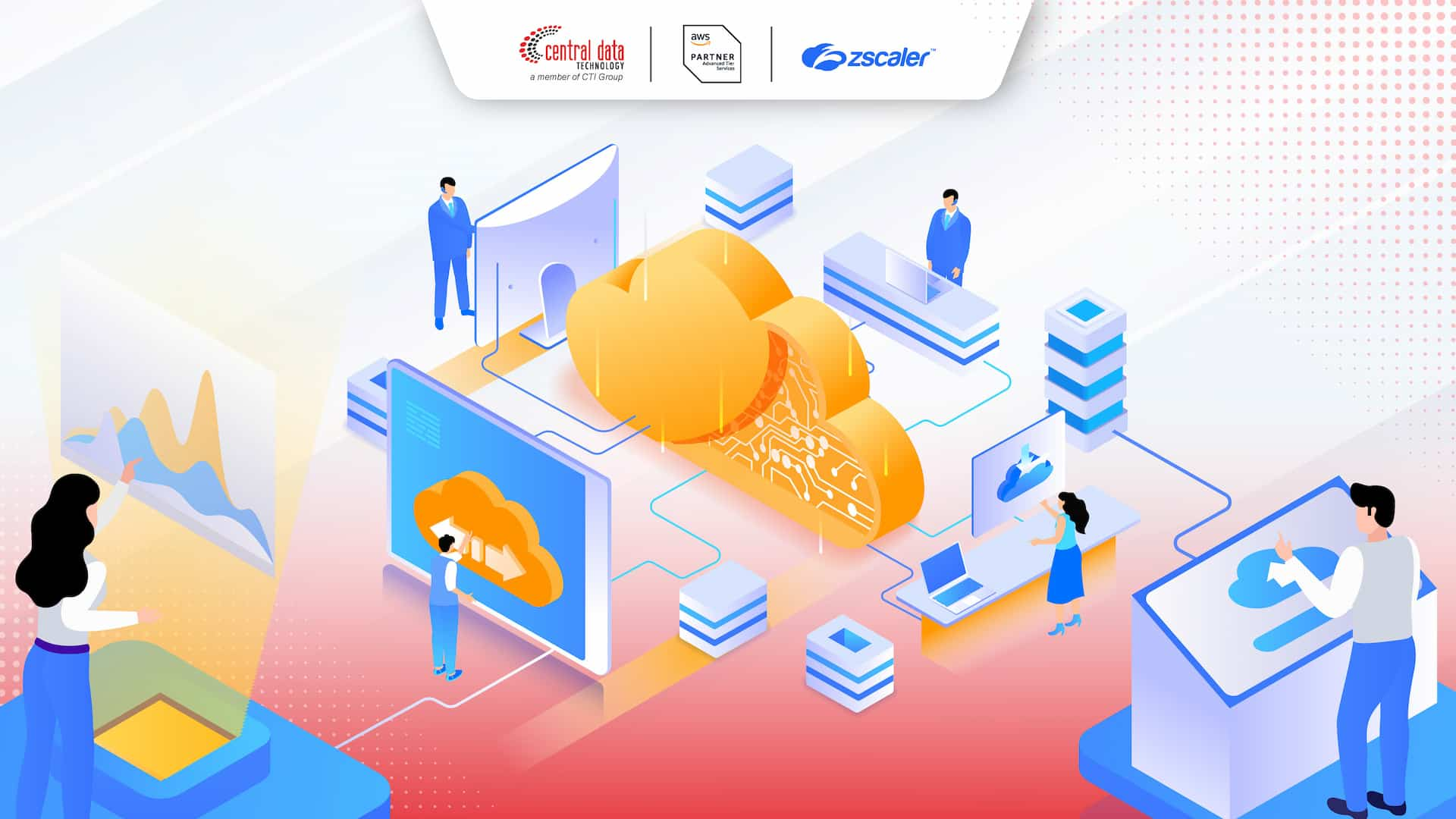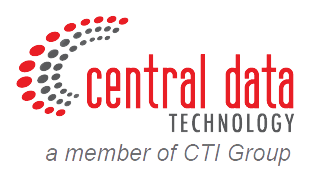
Imagine your company has migrated most of its operations to the cloud. Everything feels faster, more flexible, and efficient. However, behind that convenience lies a major risk that’s often overlooked: security gaps caused by misconfiguration. Just one small error, like overly permissive access control, can open the door to attackers.
This is where Cloud Security Posture Management (CSPM) comes in. CSPM isn’t just an add-on; it’s a critical solution that ensures your entire cloud environment remains protected and compliant with security standards, whether you’re in a single cloud or a multi-cloud setup.
What is Cloud Security Posture Management?

In simple terms, Cloud Security Posture Management is an automated security solution that acts as a “digital watchdog” for cloud environments. It helps organizations detect, analyze, and remediate misconfigurations, common culprits behind many security incidents.
With CSPM, IT teams can continuously monitor compliance, reduce risks, and ensure every cloud service operates under consistent security standards without relying solely on manual checks.
Why is CSPM Crucial for Modern Cloud Security?
Many security incidents often begin with something that seems trivial. A developer forgets to close an unused port, or an account is given more privileges than necessary. Small oversights like these can easily escalate into large-scale attacks.
CSPM helps close those gaps. With end-to-end visibility, proactive detection, and guided remediation, CSPM enables businesses to maintain a strong cloud security posture. This reduces the likelihood of human error and allows IT teams to focus on more strategic priorities. But how exactly does CSPM work behind the scenes to safeguard cloud environments?
How CSPM Strengthens Cloud Security Posture?
Think of CSPM as the eyes and ears that are always on alert in your cloud environment. It continuously monitors assets, detects risks, and automates remediation.
Any workload that falls out of compliance is immediately flagged, prioritized, and accompanied by recommended fixes. This ensures potential vulnerabilities are addressed quickly, reinforcing the overall security posture of the cloud.
Key Benefits of CSPM for Protecting Data and Applications
Through its automated and proactive capabilities, CSPM delivers several strategic advantages for businesses, including:
- Comprehensive visibility: A clear view of all cloud assets and configurations.
- Automated compliance: Continuous alignment with regulatory requirements and internal policies.
- Operational efficiency: Less repetitive manual work through automation.
- Risk reduction: Faster detection and remediation of potential security gaps.
CSPM vs. Other Cloud Security Solutions: What Makes It Different?
With the wide range of benefits CSPM offers, you may wonder: “If we already have other cloud security tools, do we really need CSPM?” The answer is yes, because CSPM plays a different role. Here are the key distinctions:
- CSPM vs. CIEM: CIEM focuses on managing access rights and identities, while CSPM ensures compliance with regulations and industry standards.
- CSPM vs. CISPA: CISPA only reports misconfigurations, whereas CSPM leverages automation and AI to detect and remediate issues.
- CSPM vs. CWPP: CWPP protects workloads, but CSPM evaluates the entire cloud environment holistically and provides guided remediation.
In short, CSPM is not just about monitoring; it is an active problem solver. To see this in practice, let’s look at how CSPM is applied across industries.
Read More: Unlock Smarter, Safer Networks with Powerful Network Configuration Management
When and Where is CSPM Most Needed?

CSPM is not an optional add-on but a core requirement across various industries. Here are three common use cases.
Cloud Configuration Management
CSPM ensures that every cloud resource is properly configured, from firewall settings and access permissions to data storage. With automation tools, businesses can stay compliant with regulations while maintaining consistent security across all environments.
Identity Access and Management (IAM)
One of the biggest risks in the cloud is excessive permissions. Imagine an intern suddenly having access to the main database, unnecessary and dangerous exposure. CSPM enforces the principle of least privilege, ensuring that each user or system has only the access they need, reducing the risk of misuse.
Data Protection
CSPM enhances sensitive data protection through automated detection, data loss prevention, and encryption in transit. This combination significantly strengthens safeguards against leaks or unauthorized use.
Practical Steps to Optimize CSPM Implementation
To make CSPM truly effective, here are some best practices worth following:
- Leverage automation: Reduce human error with faster, more accurate automated processes.
- Update regularly: Threats and regulations evolve constantly. Keep your CSPM tools current.
- Apply consistent policies: Standardized policies across all cloud environments help prevent misconfigurations.
- Centralize visibility and control: A single control point simplifies oversight of complex cloud infrastructures.
By combining these practices, businesses not only strengthen cloud security today but also build a foundation prepared for future threats.
CDT’s Comprehensive Cloud Security Posture Management Solutions
Best practices alone aren’t enough without the right tools. That’s why CDT offers two complementary CSPM solutions: AWS Security Hub and Zscaler Data Protection & Internet Access.
AWS Security Hub: The Cloud Security Command Center
AWS Security Hub provides a unified dashboard that displays the real-time security status of all your cloud services. With this solution, IT teams no longer need to switch between multiple tools to monitor threats or verify compliance; everything is centralized in one view.
With AWS Security Hub, organizations can:
- Collect security data from AWS services and partner tools
- Gain a holistic overview of cloud security posture
- Identify risky configurations and receive recommended remediations
Key features include:
- Continuous compliance checks: Ensure configurations align with industry standards include, AWS Foundational Security Best Practices (FSBP), AWS Resource Tagging, CIS AWS Foundations Benchmark, NIST SP 800-53 Rev. 5, NIST SP 800-171 Rev. 2, PCI DSS, and AWS Control Tower.
- Automated security findings: Detect real-time risks across sources, consolidated into a single report.
- Integration with AWS ecosystem: Works seamlessly with GuardDuty, Inspector, Macie, and CloudTrail for deeper threat analysis.
This centralized visibility enables faster threat detection, quicker remediation of vulnerabilities, and stronger adherence to industry standards.
Zscaler Data Protection & Internet Access: Safeguarding Data and User Access
If AWS Security Hub serves as the control center, Zscaler acts as the active shield protecting data and daily user access.
Zscaler Cloud Security Posture Management (ZCSPM) leverages cloud service provider APIs to seamlessly connect with your hybrid multi-cloud environment and collect real-time configuration metadata. ZCSPM then evaluates this metadata to deliver deep visibility into your organization’s security, compliance, and risk posture through rich, interactive dashboards.
By using the Zscaler Data Protection solution, it focus on securing sensitive data wherever it resides. With DLP (data loss prevention), CASB (cloud access security broker), and intelligent encryption, organizations can prevent leaks and misuse of critical information.
Meanwhile, Zscaler Internet Access functions as a secure gateway to the internet. It protects users against threats like malware, ransomware, and phishing without compromising productivity, even for a distributed workforce.
Key capabilities include:
- Threat prevention: Real-time defense through traffic inspection.
- Zero Trust Network Access (ZTNA): Grants access only to authorized applications, not entire networks.
- Cloud-native scalability: Supports business growth without adding infrastructure complexity.
By integrating AWS Security Hub and Zscaler, businesses gain comprehensive protection: full visibility into cloud security, strong data and access control, and the ability to block threats before they infiltrate internal systems.
Strengthen Your Cloud Security Posture with CDT
Don’t let cloud misconfigurations become the weak point that leaves your business exposed to cyberattacks. With Cloud Security Posture Management, you can proactively monitor, identify, and remediate security risks without slowing down innovation or scalability.
As an authorized advanced partner of AWS and Zscaler in Indonesia, Central Data Technology (CDT), a subsidiary of CTI Group, is ready to help you adopt CSPM solutions tailored to your business needs.
From consultation and implementation to after-sales support, CDT’s experts will guide your cloud journey to ensure stronger security, regulatory compliance, and readiness against evolving threats.
Contact the CDT team today and discover how these solutions can secure your cloud environment end to end.
Author: Wilsa Azmalia Putri – Content Writer CTI Group

